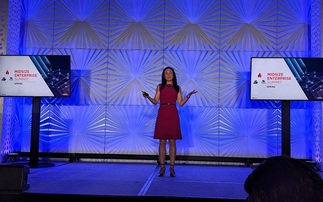Europe must take steps if it is to compete in the global economy
Chinese VC investment will match Europe in three to four years Technology venture capital (VC) investments in emerging economies are set to outstrip those in Europe by 2011. Indian and Chines...
To continue reading this article...
Join Computing
- Unlimited access to real-time news, analysis and opinion from the technology industry
- Receive important and breaking news in our daily newsletter
- Be the first to hear about our events and awards programmes
- Join live member only interviews with IT leaders at the ‘IT Lounge’; your chance to ask your burning tech questions and have them answered
- Access to the Computing Delta hub providing market intelligence and research
- Receive our members-only newsletter with exclusive opinion pieces from senior IT Leaders




















